Short Venice Review
How will we live together? is the main topic for the curator of the first post-covid 17. International Architecture Exhibition: La Biennale di Venezia Hashim Sarkis. He think it is not a coincidence that the question was posed a few months before the pandemic started in 2020.
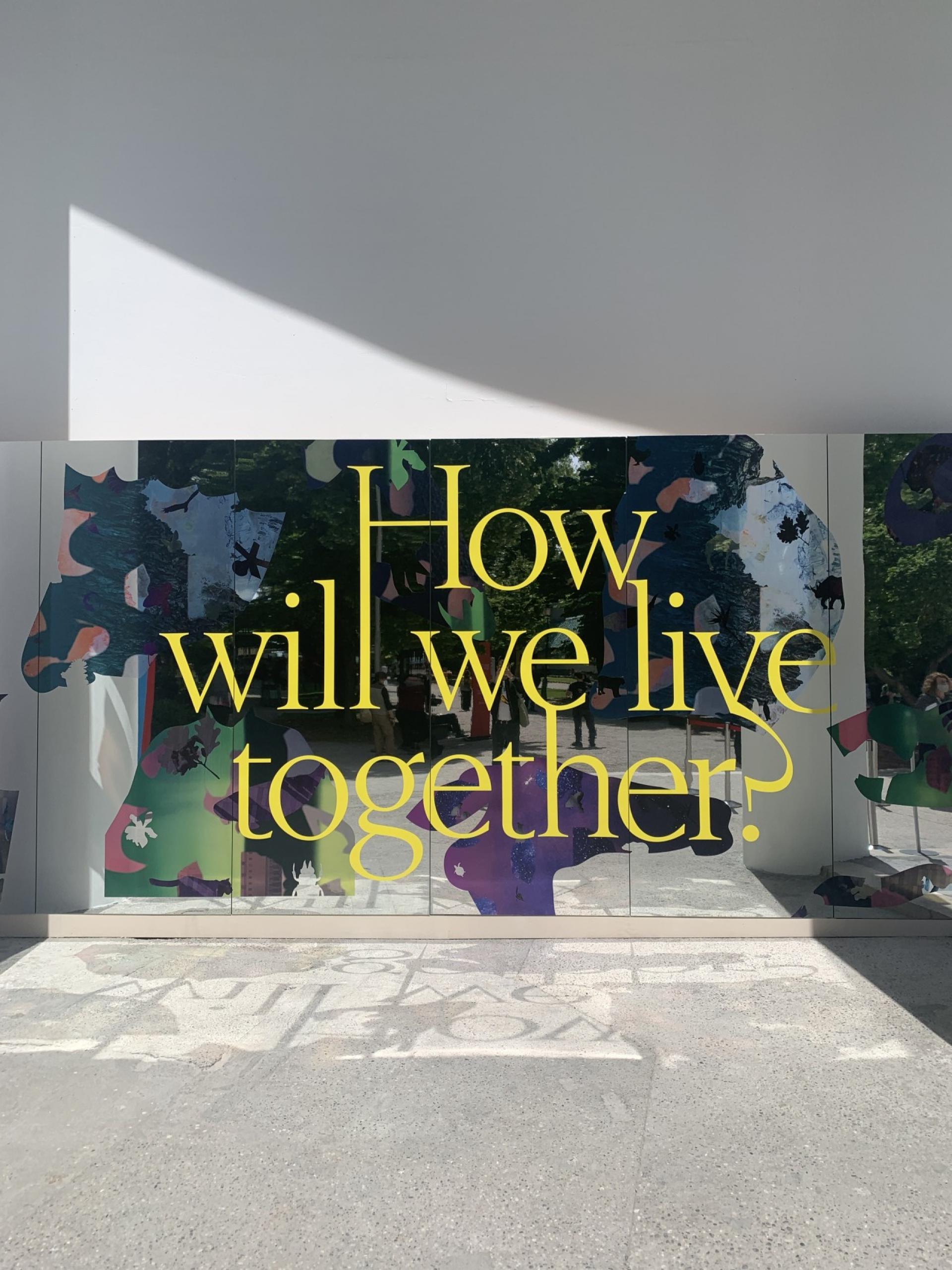
Therefore Sarkis thinks that there might be a deeper connection with “same reasons that led us to ask this question of climate crisis, massive population displacements, political polarisation, and growing racial, social, and economic inequalities, have led us to this pandemic.” In this review we search for some of best answers to the future of architecture.

Silk Road Works (2020) by Azra Akšamija.
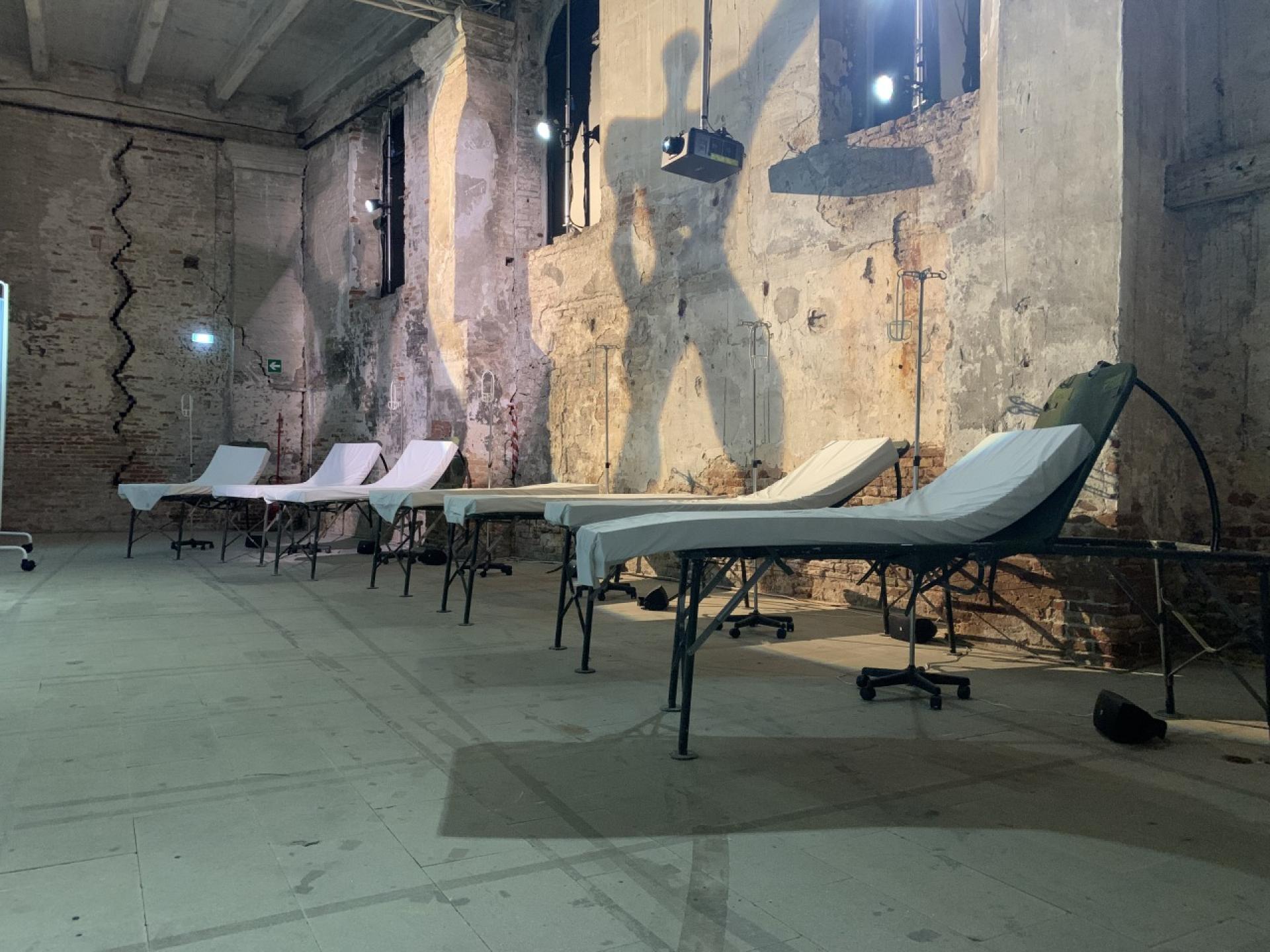
Hospital of the Future (2019-2021) by OMA (Reiner De Graaf)
How will we live together as “we are clearly not happy with the answers that are coming out of politics today. We are asking architects because architects are good conveners of different participants and experts in the building process. We are asking architects because we, architects, are preoccupied with shaping the spaces in which people live together and because we frequently imagine these settings differently than the social norms that dictate them,” explains Sarkis in his one of his interview with Christele Harrouk.
Therefore is the selection of projects for this post-pandemic biennial an outcome of different types, methodologies and processes created by either a speculative project, a prototype or a realised project with specific proven outcomes. Sarkis reminds us to be ready to face with failure as the future can not be predicted without spatial and social con(tr)acts. With the increased participation from Africa, Latin America, Asia and with compare representation of men and women the five scales of the biennial exhibition are Among Diverse Beings, As New households, As Emerging Communities, Across Borders and As One Planet.
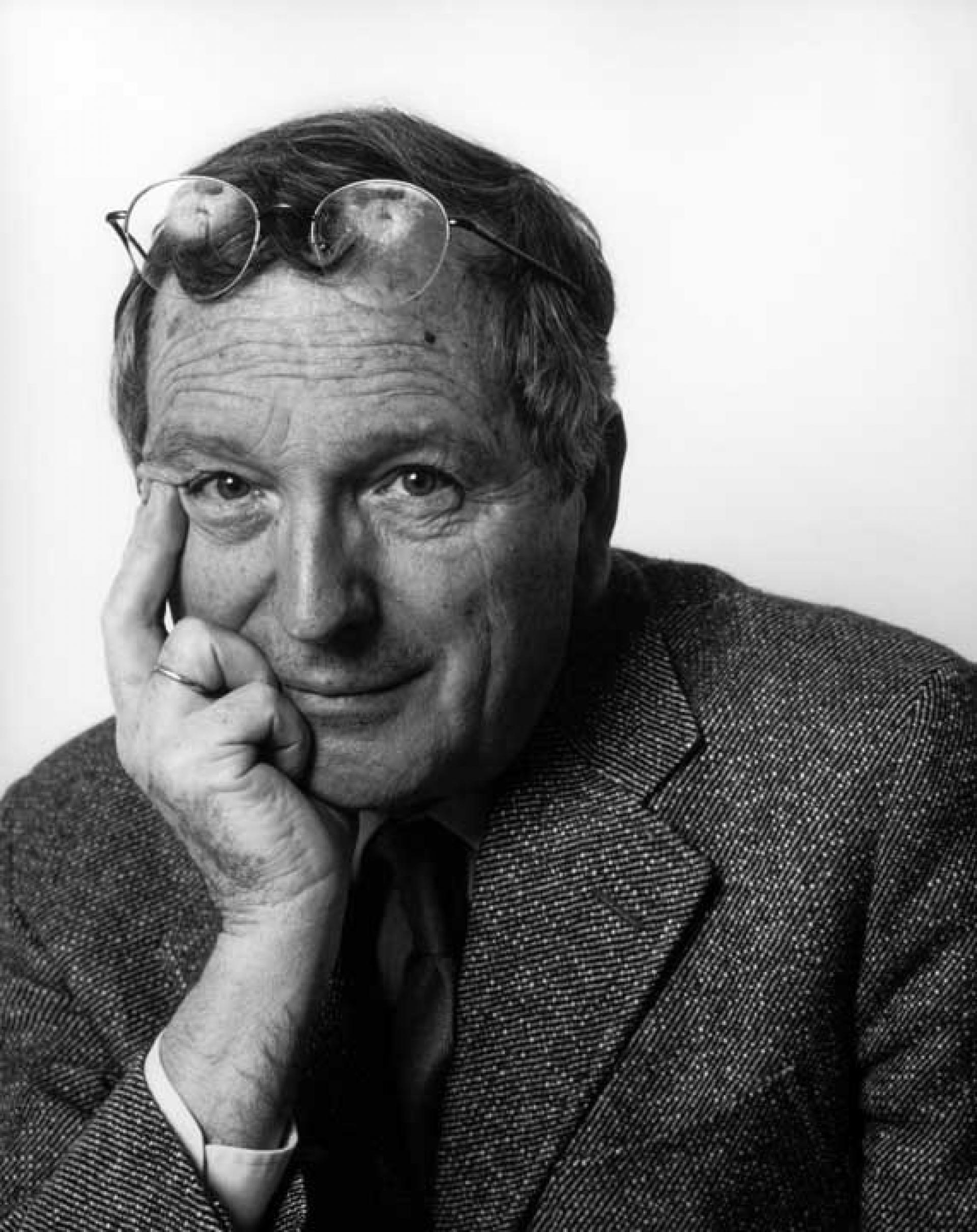
The Golden Lion for Lifetime Achievement goes this year to Rafael Moneo and a Special Golden Lion for Lifetime Achievement to Lina Bo Bardi, an architect that according to Sarkis “exemplifies the perseverance of the architect in difficult times whatever wars, political strife or immigration, and her ability to remain creative, generous, and optimistic throughout.” An activist and fighter for social rights that was able to create an environment for social justice.
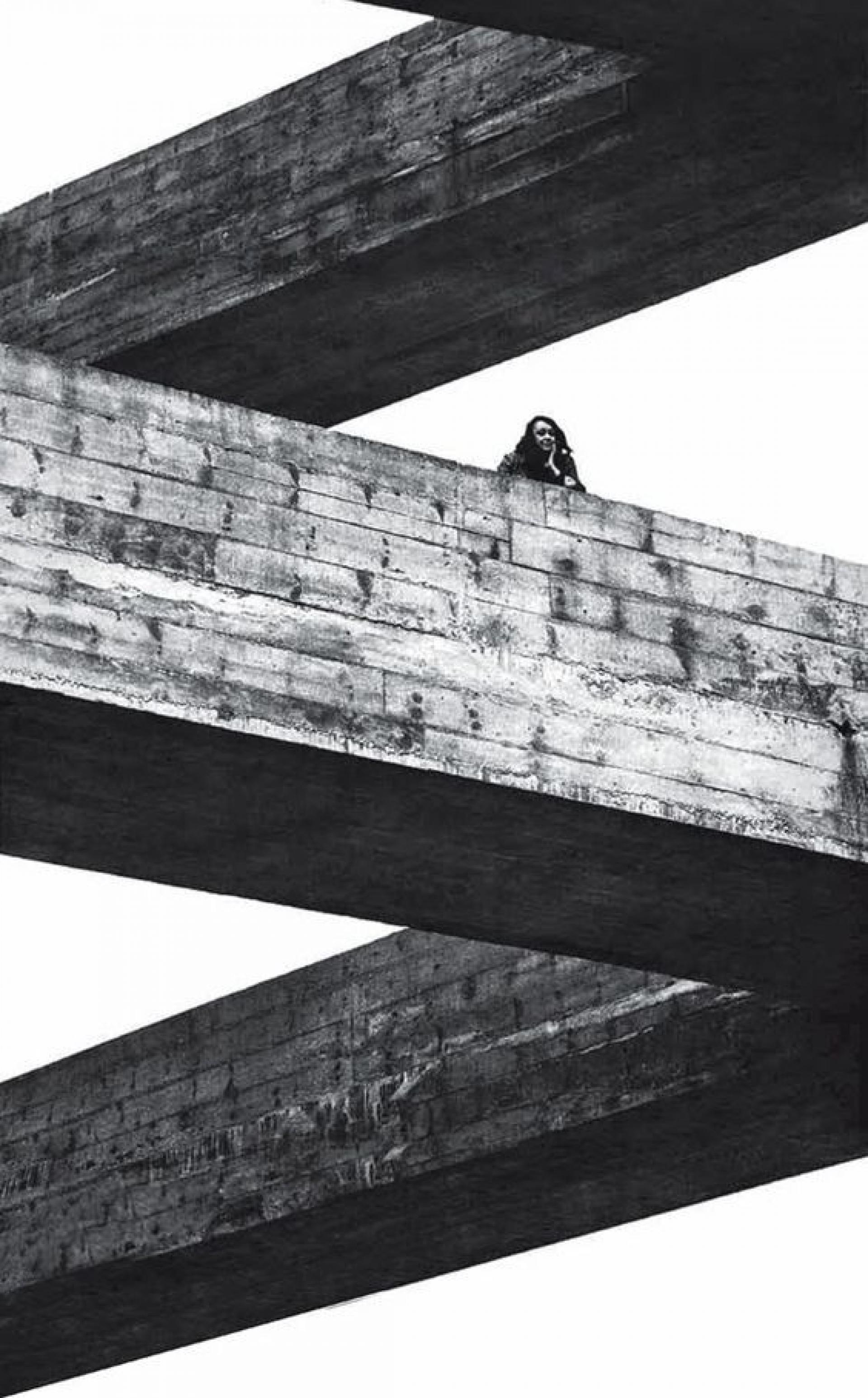
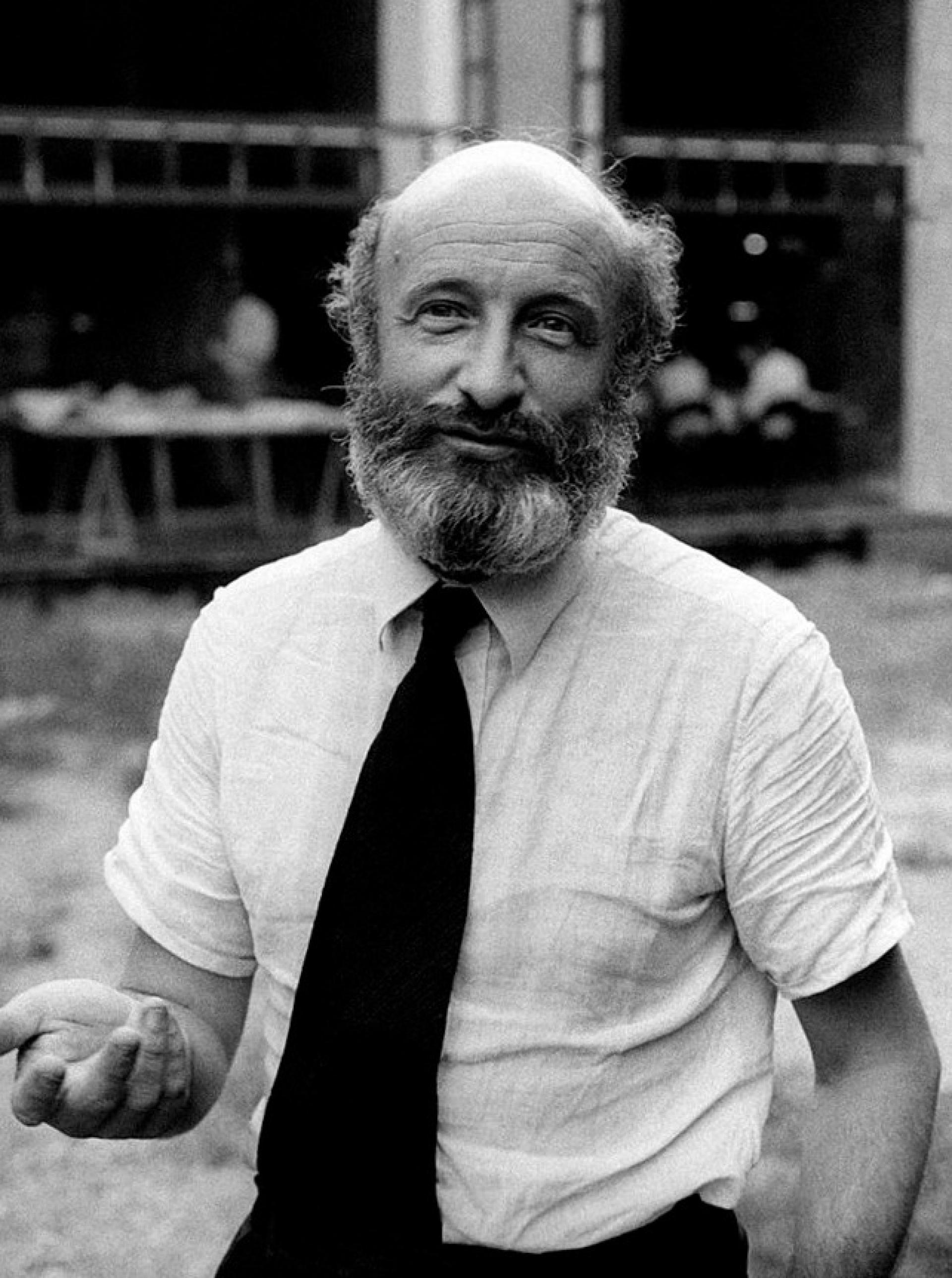
Unfortunately the post-pandemic biennial is also the first without his creator, a mastermind behind it - Vittorio Gregotti. Like many post war urbanists he invested in addressing the chaotic spread of cities. Unfortunately he as well as Michael Sorkin were among people we have lost. At one point the whole World stoped, and the 17. International Architecture Biennial in Venice was postponed the first time in history.

After the postponement of the event, Architectuul launched the Venice Architecture Biennial: VAB Cold Case in co-editing collaboration with Alessio Rosati from MAXXI Rome. In the occasion of the tenth anniversary of Architectuul’s community, the project features, instead of academic essays or dissertations, short personal stories and anecdotes, aimed at taking readers to the lagoon city and back in time, behind the scenes of an initiative that, through its ups and downs, always represented the gathering moment for the international architectural community.


A two days overview from Arsenale and Giardini is definitely worth to mention the third edition of the Unfolding Pavilion, organised independently and separate from La Biennale di Venezia. The project Rituals of Solitude is narrated (and curated) by Daniel Tudor Munteanu and Davide Tommaso Ferrando. The demolished John Hejduk’s house at the private island in the Venetian lagoon owned by the countess Luisa Albertina di Tesserata hosted 12 residencies to create twelve stories presented on the boat at the Punta della Dogana.
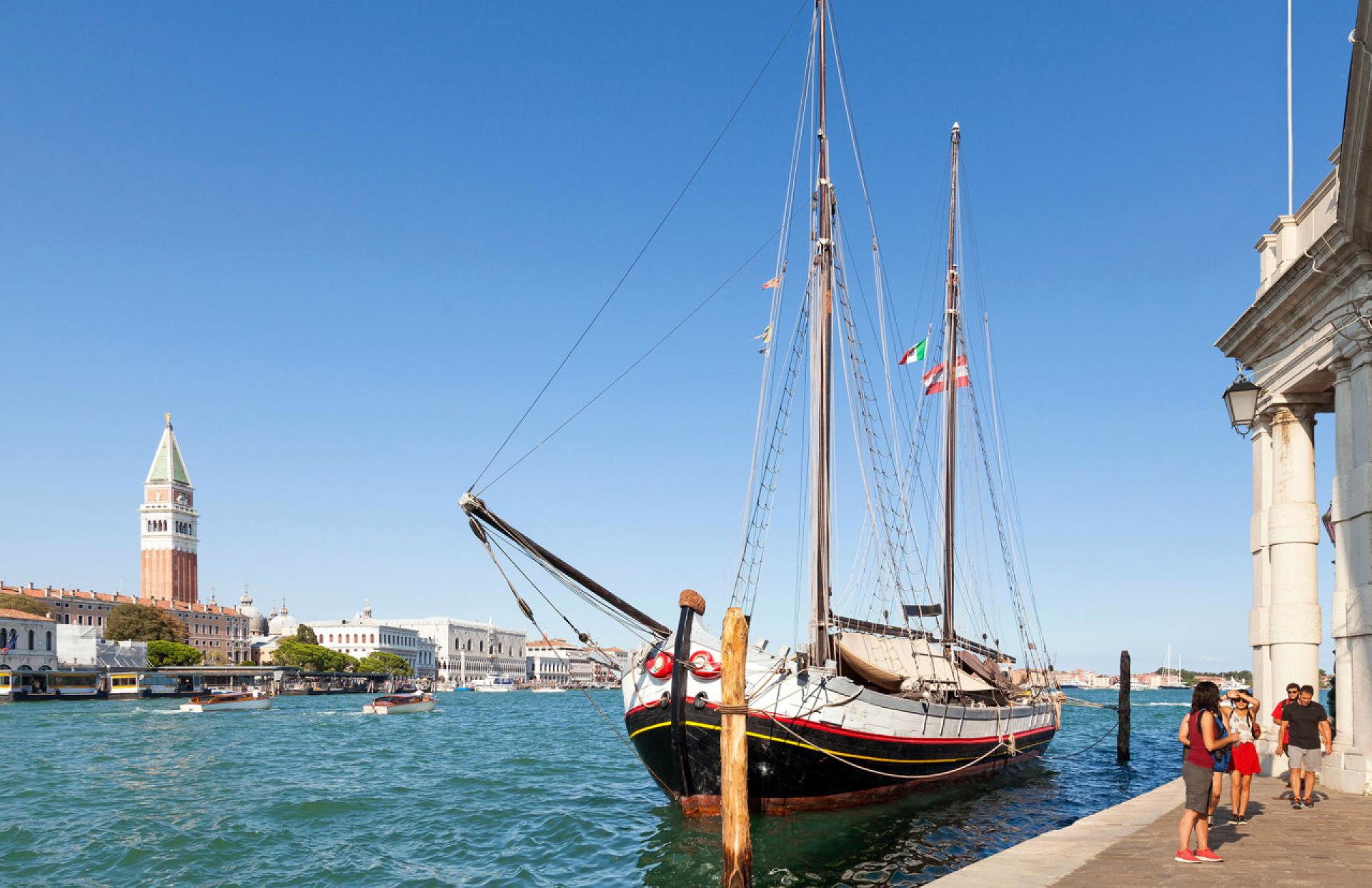
The Unfolding Pavilion 2021 is house inside of the belly of “Il Nuovo Trionfo”, the last authentic Venetian trabaccolo, moored at Punta della Dogana. | Photo @Unfolding Pavilion
What could we see different this year in the biennial’s Giardini? A position where the curator and whole team stand for their cultural position above the over-politicized government infected by colonisation. From the bottom of Giardini the forgotten Hungarian pavilion tells the story about Othernity, which “is the first exhibition project in the history of the Hungarian Pavilion based on wide-ranging international collaboration. At the same time it is a collaborative practice, research on heritage protection and the expression of our conviction that the architecture of the future can be built on the past in order to reach due resilience, adequate sustainability and strong identity bonds,” explains the curator Daniel Kovacs, which is not only fighting against the demolition of modernist post-war buildings, but also the breaking up the regional borders and start a collaboration without chains of political systems but with the knowledge, optimism and collaboration of architects from the whole region.
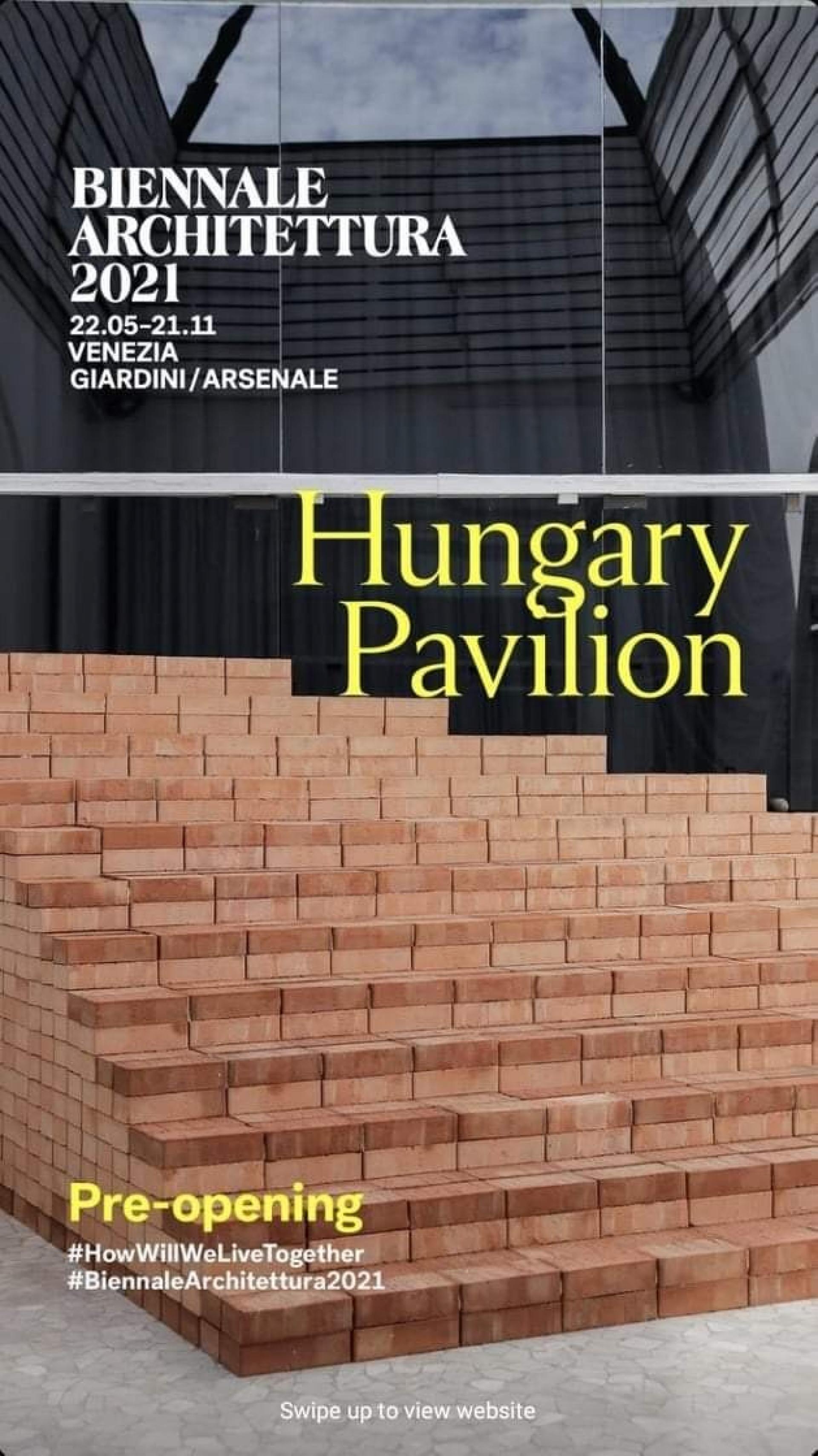
The Othernity project exhibited in the Hungarian Pavilion not only reflects on this, but also tries to look for possible answers within inviting twelve architectural offices from nine countries in the region and in such way outline the future of 12 selected modern buildings in Budapest. “Different approaches and perspectives with the collective results makes one point clear: in a sustainable and responsible way, our future can only be built on our past,” is convinced Kovacs.
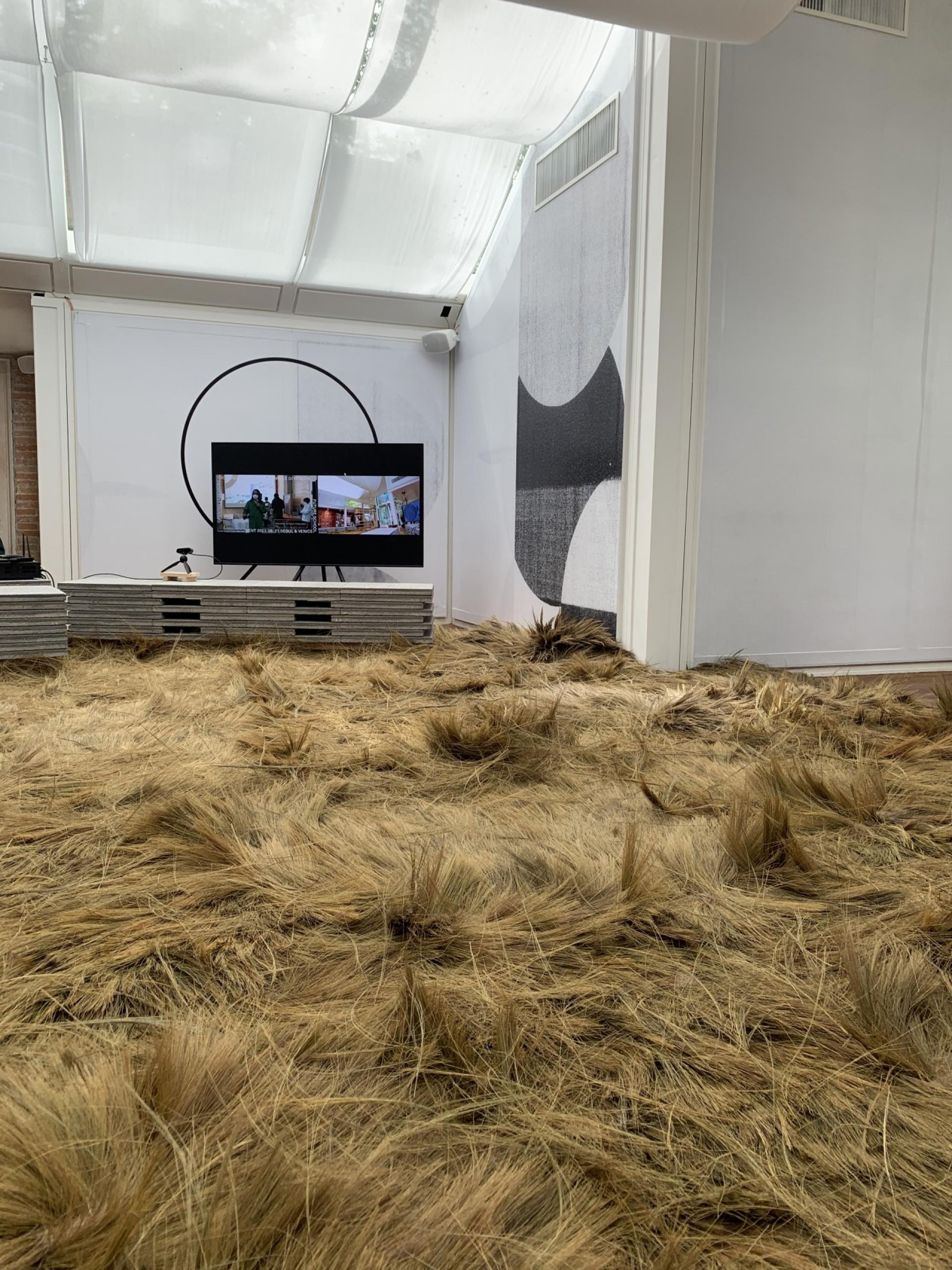
Just on the other side from the Hungarian pavilion, stands the Korean one. In the middle of the European power forces, France, United Kingdom, Germany, where the Sarkis’ question is interpreted in a quite disappointing answers. Instead, in the Korean Pavillon the Future School is being created.

The concept behind the project is that a house, a well and a garden shared space creates spaces of gathering, learning, resting and contemplation. Future School converts the Korean Pavilion, also a founding member of the Curators Collective (CC), into an international incubator for radical thinking, actively exploring the idea of building a better future.
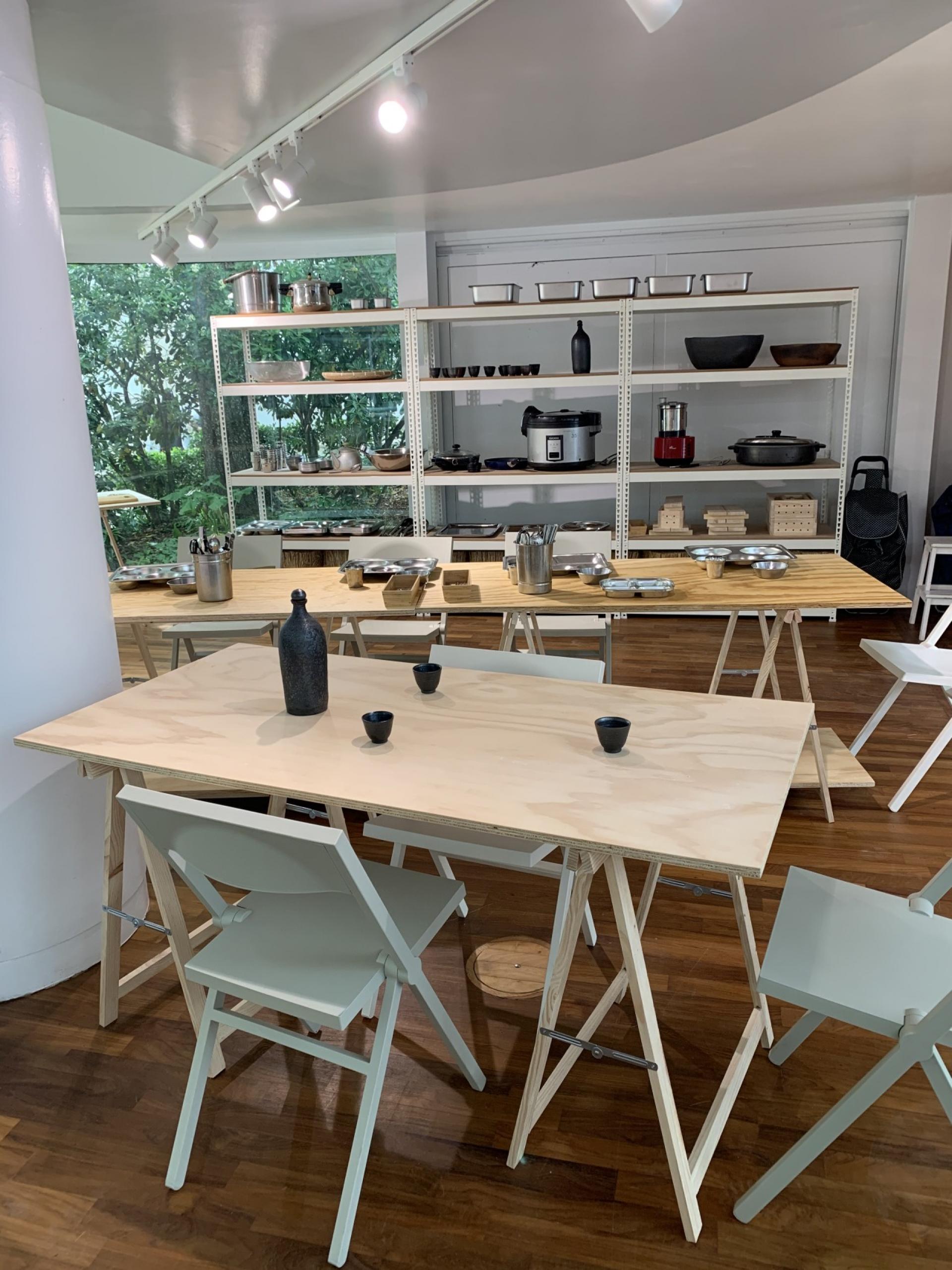
With the climate crisis high on the list of urgent issues the school will engage with a strategy that would minimise the environmental impact of the project designed by reusing what already existed, with minimum shipping of new materials and as little waste left at the end of the process. With a global coalition of more than 200 participants, Future School aims to forge new networks and act as a catalyst for cooperative engagement around urgent issues including migration, climate change, and the increasing speed of social and technological change.
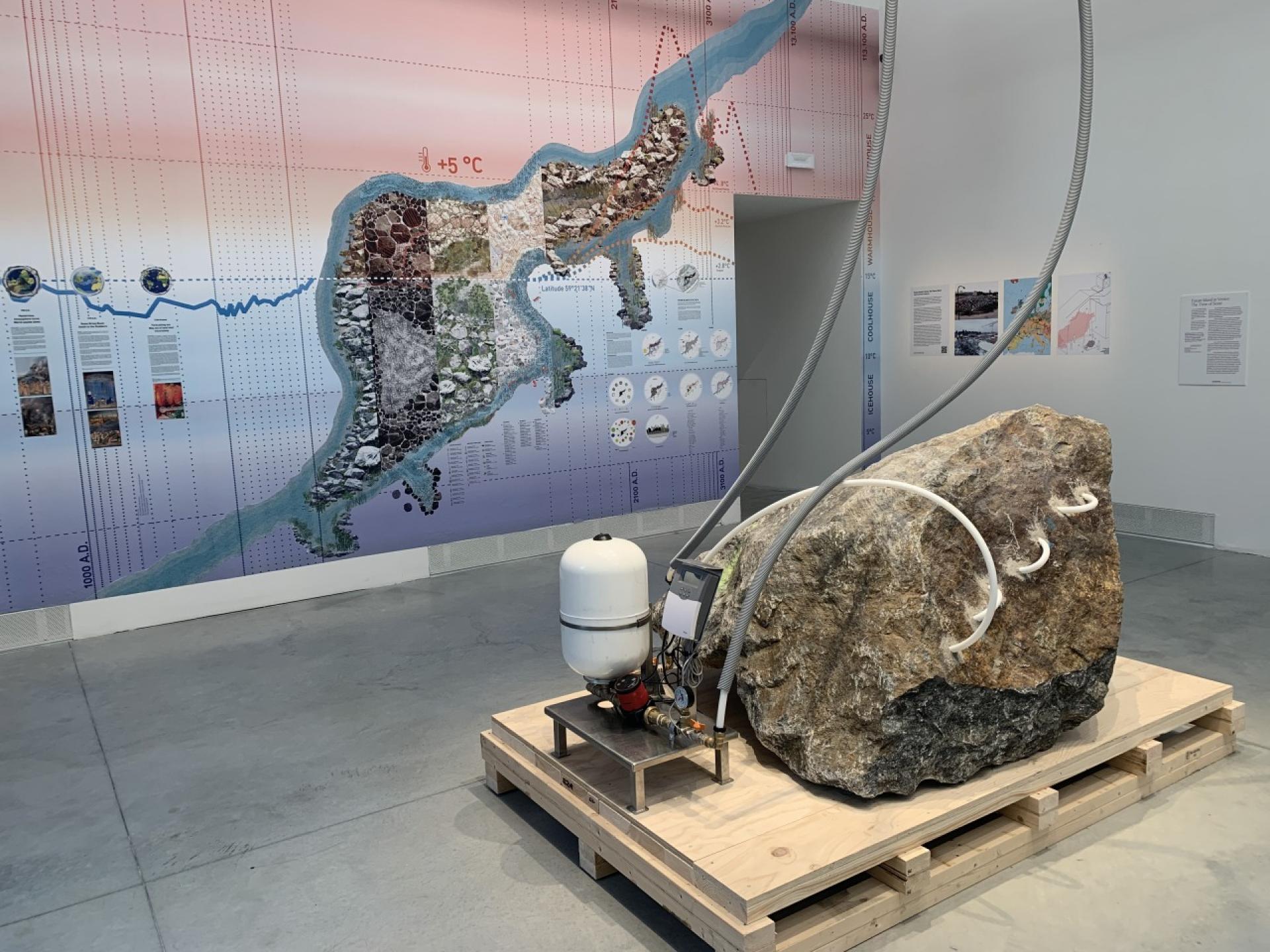
In the main Italian pavilion in Giardini’s a public art project Future Island by OOZE (Eva Pfannes and Sylvain Hartenberg) and Marjetica Potrč opens provocative questions about a narrative landscape as a micro-ecosystem, a biotope of plants, animals and stones that constantly adapts to the slowly changing conditions over the next 100 years. The speculative project is being currently constructed as part of the main landscape at the new Albano Campus of Stockholm University and will be inaugurated in 2022.
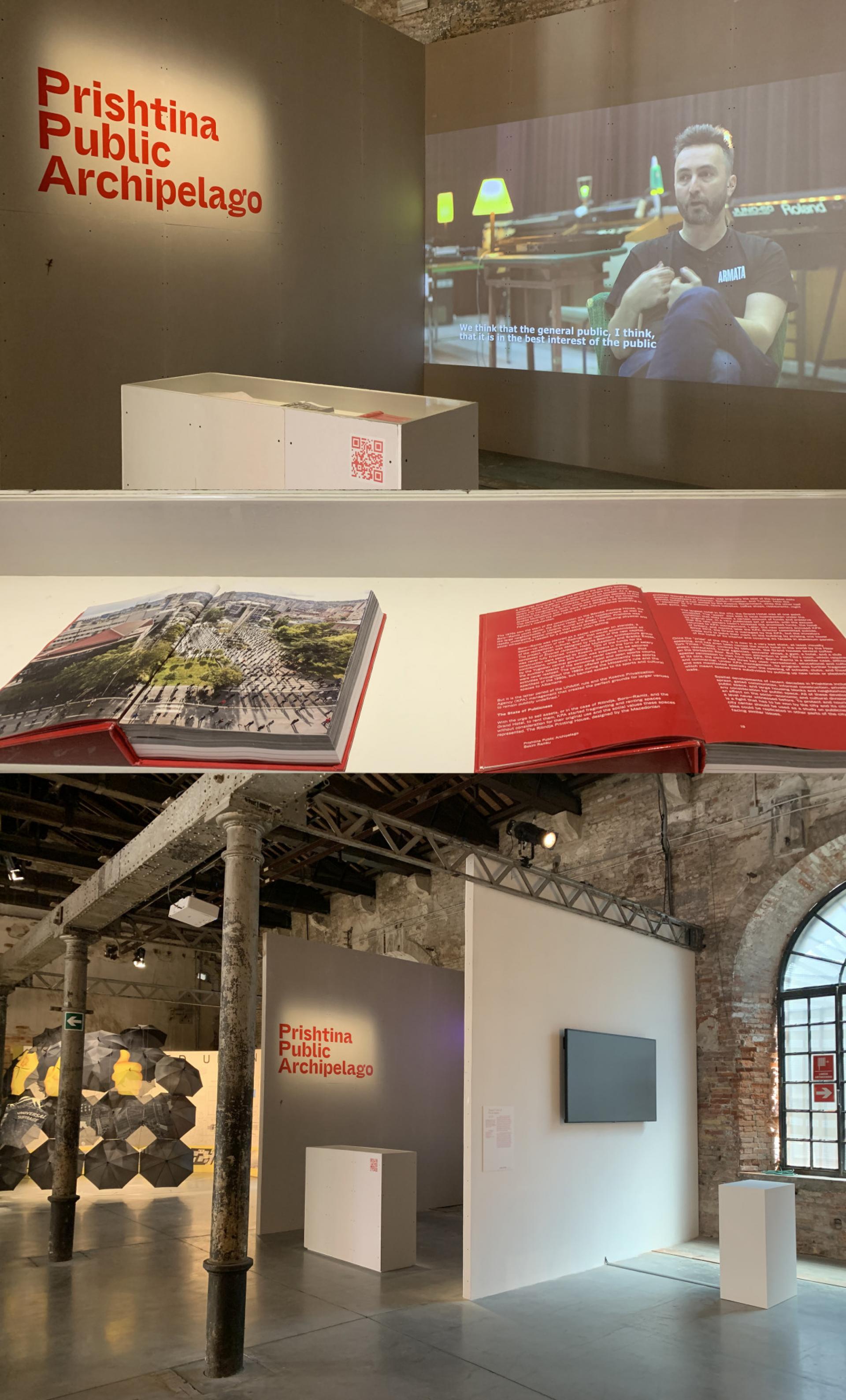
In Arsenale stands out Prishtina Public Archipelago, an online and printed compendium with “the study of socialist-era public infrastructure withstanding the test of time in serving its purpose is a recurrent theme lately in many ex-Yugoslav states; however, because of its scale, proximity, and recent regime changes, Prishtina is an ideal case study, relevant not only to regional cities but also to global post-conflict cities,” declared the curator Bekim Ramku enrolling the new context of the Kosovo Architecture Festival in the city’s squares, halls, and centres and in such way maintaining them alive and connected to other similar environments.
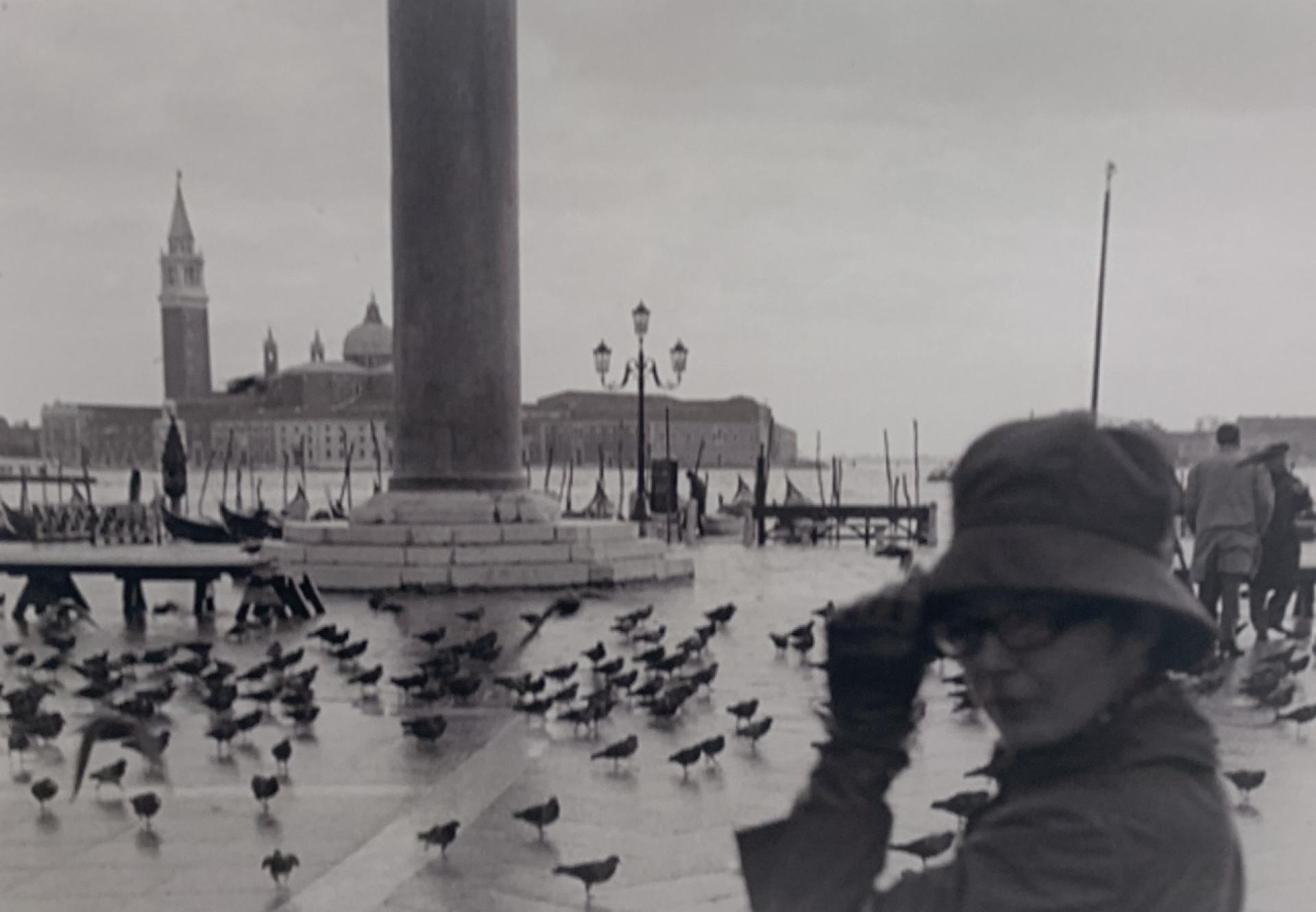
Besides Lina Bo Bardi another important figure of postwar modernism, Svetlana Kana Radević is remembered with previously unseen materials from her personal archive. We encounter an architect who mediated between geopolitical and societal registers: regionally, negotiating between vernacular building tradition and the globalising tendencies of late modernism; nationally, designing public spaces that facilitated a progressive public sphere in the socialist society of former Yugoslavia; and internationally, articulating a decentralised approach while simultaneously working in Yugoslavia, Japan, and the United States.
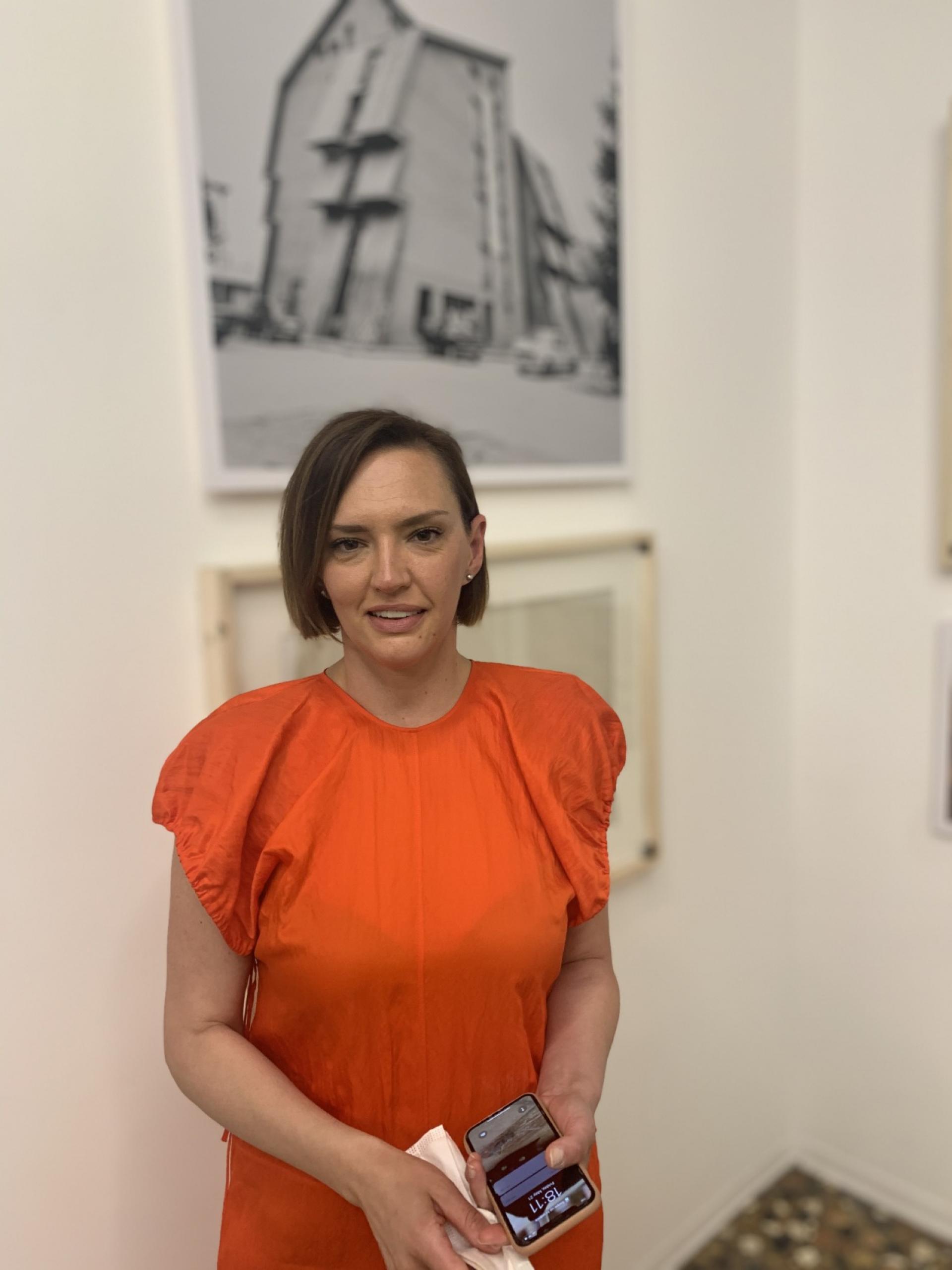
Dijana Vučinić and Anna Kats succeed to position Svetlana Kana Radević among the most prominent architects in socialist Yugoslavia. Photographs, original drawings, correspondences and other documents stem from her private archive, so far unseen by the public and put at disposal to the exhibition team by Kana’s family.
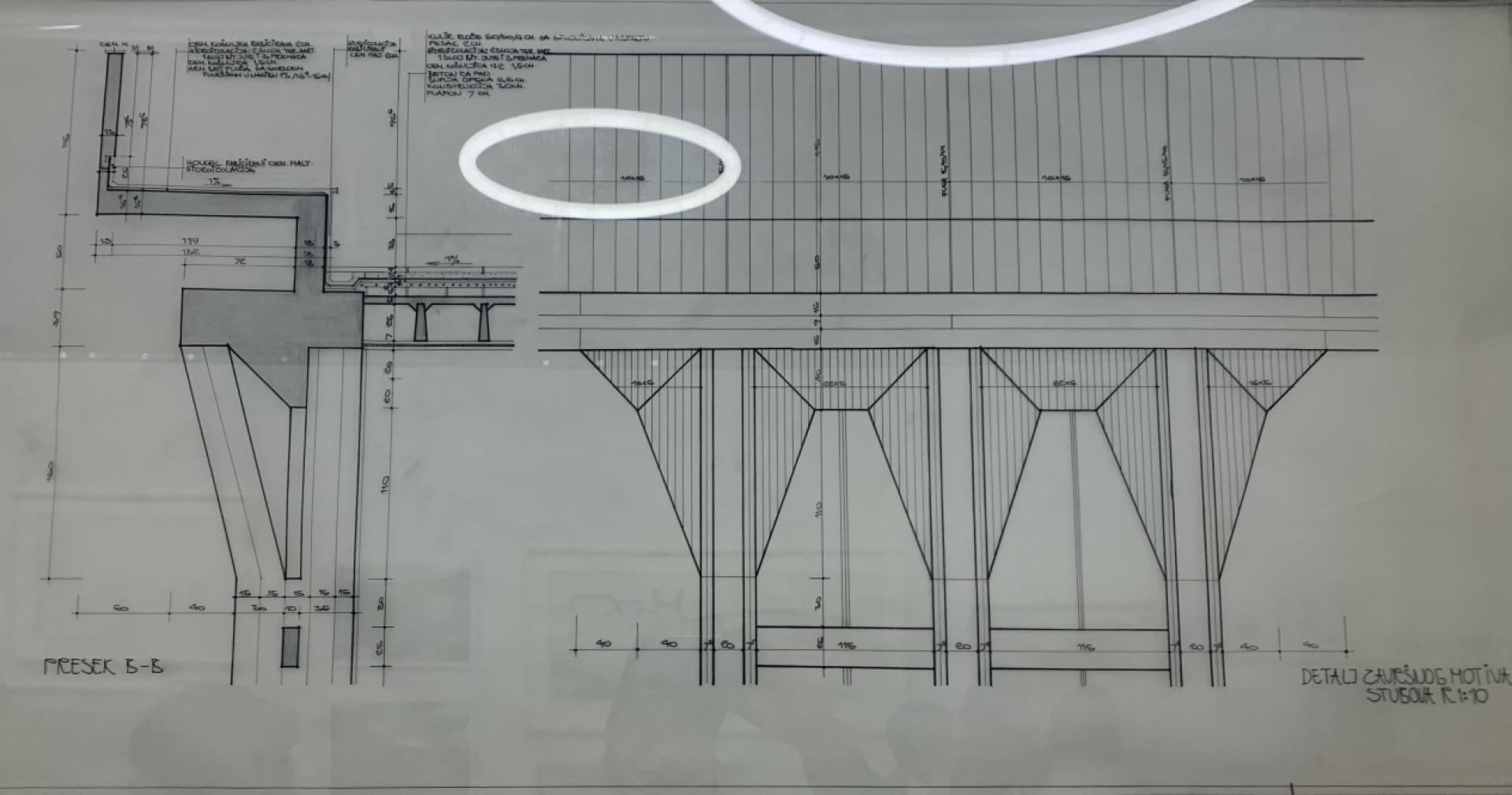
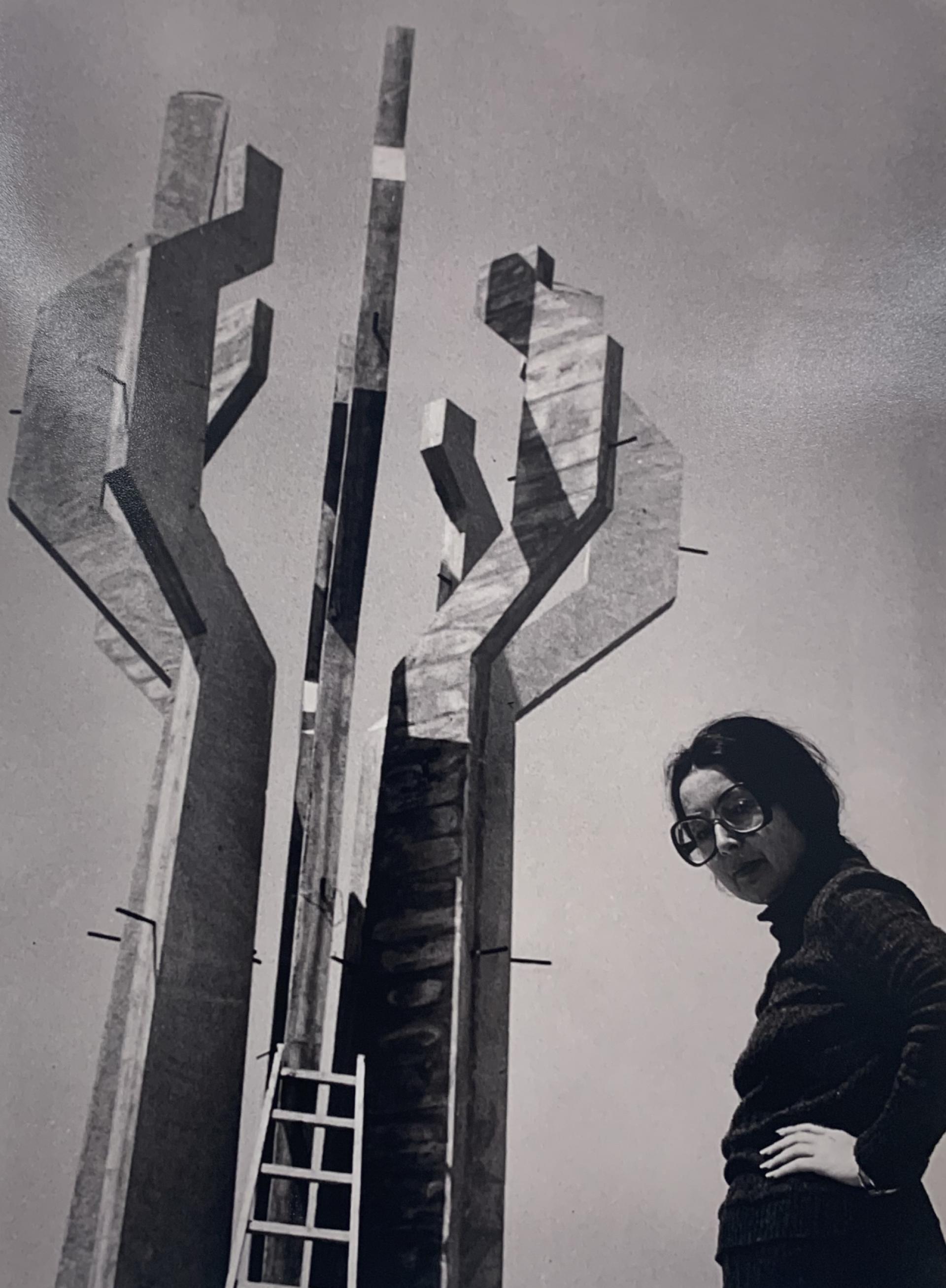
The archival materials reflect her stylistic tendency and her character clearly – merging local materials and international Brutalist tendencies, always with one foot in her hometown of Titograd (today’s Podgorica). Skirting the Center – Svetlana Kana Radevic on the Periphery of Postwar Architecture is a highlight in this year’s biennial collateral events because it presents an exceptional and overlooked figure of postwar architecture.
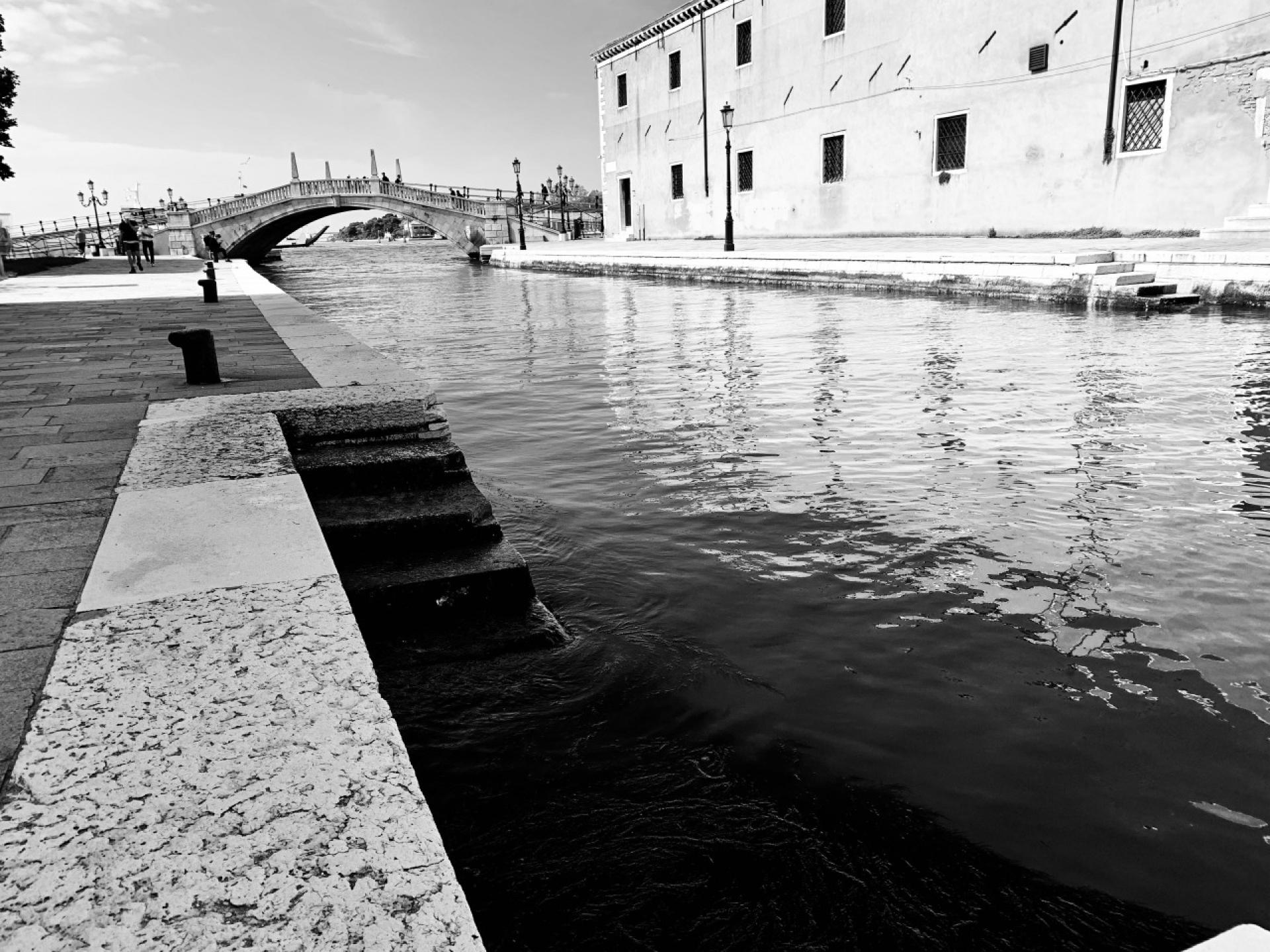
With an infinite gratitude for the kindliness of everyone involved in this year’s Venice live fair Il primo mattino del mondo from Milva.
L'alba ci trova abbracciati
Vestiti di calde carezze
Mi prendi la mano, ti seguo
Mi affaccio sul mondo con te
Guarda, l'azzurro si accende sul mare
È il primo mattino del mondo
Che nasce soltanto per noi
Senti, noi siamo più vivi, più veri
È il primo mattino del mondo
Che mai un tramonto vedrà
Per te, per me